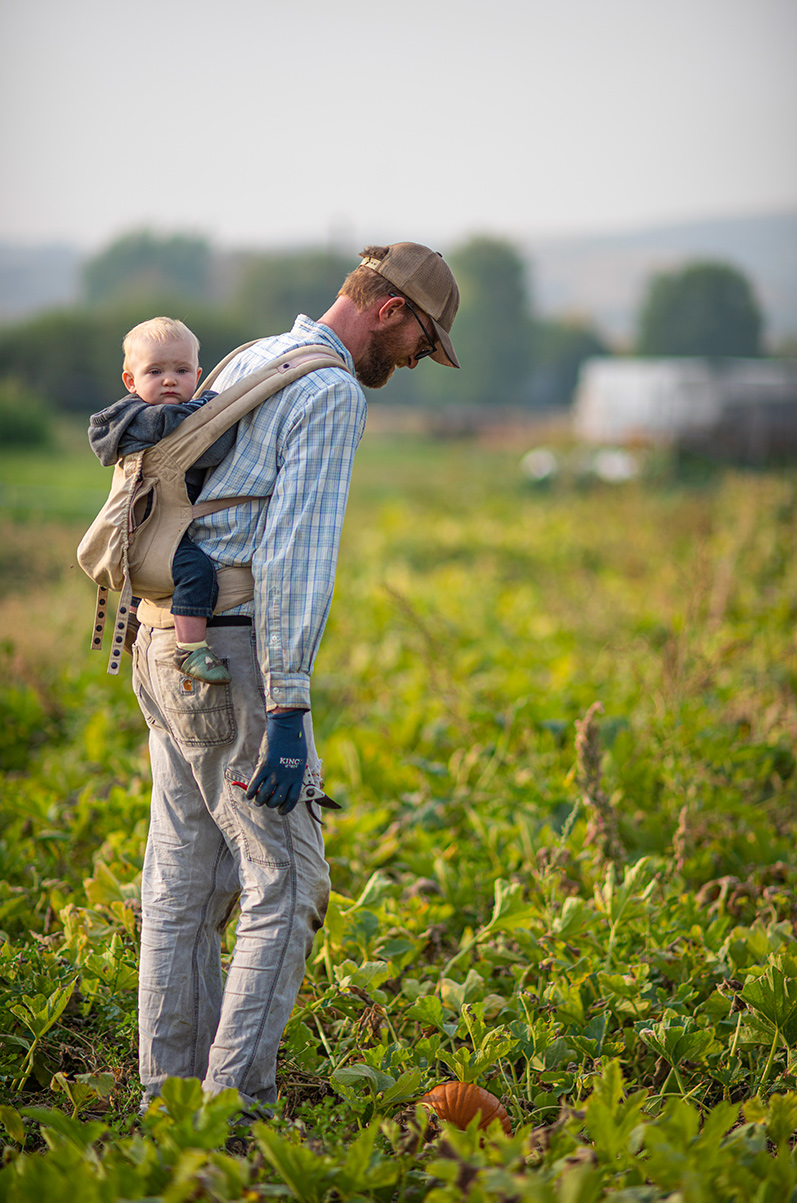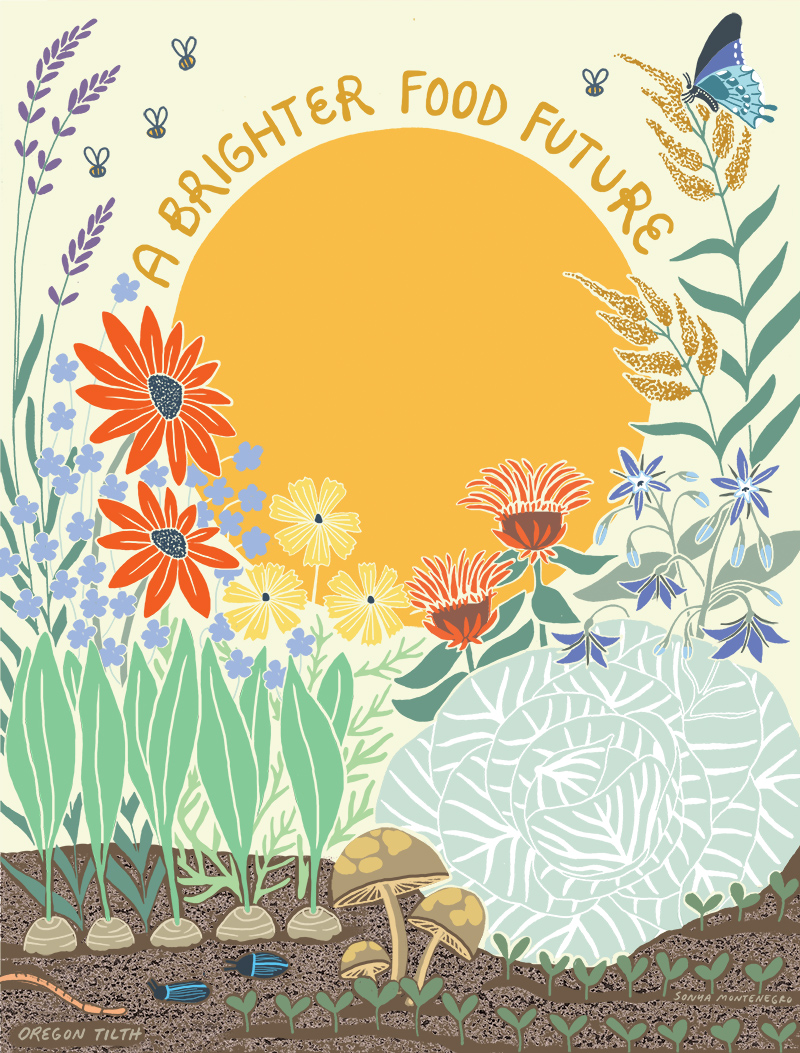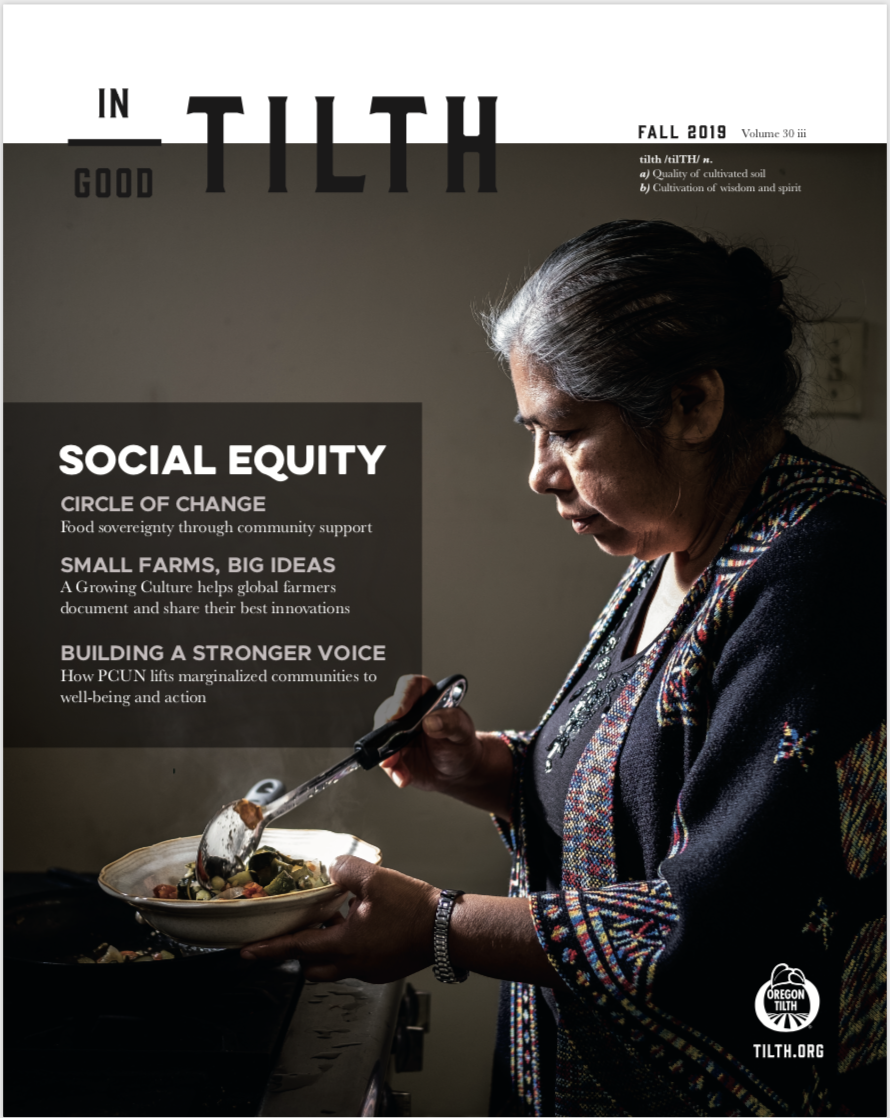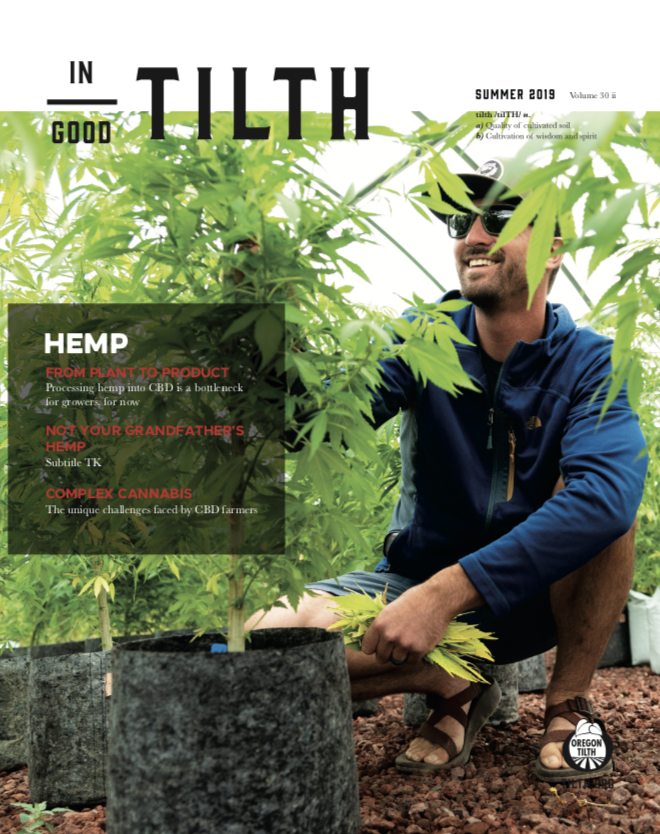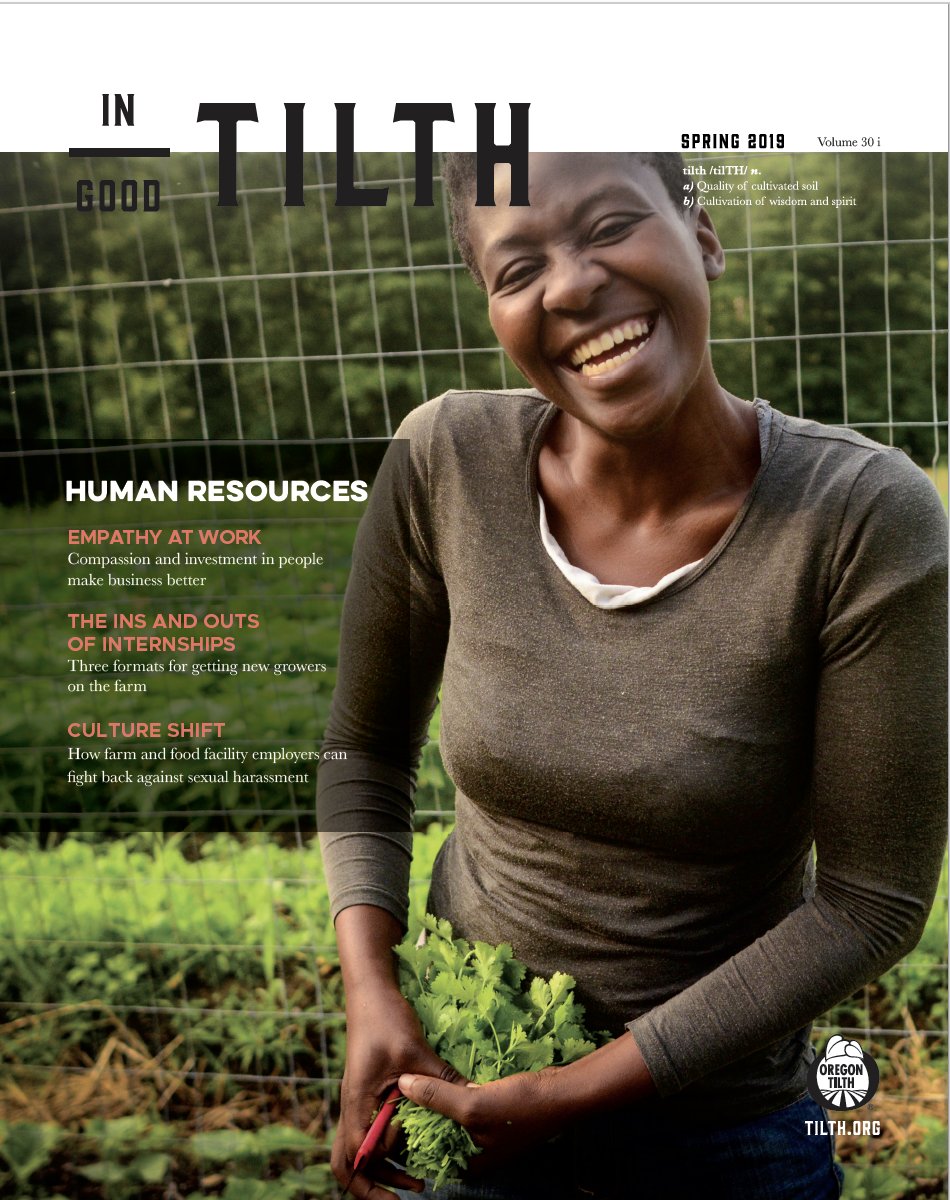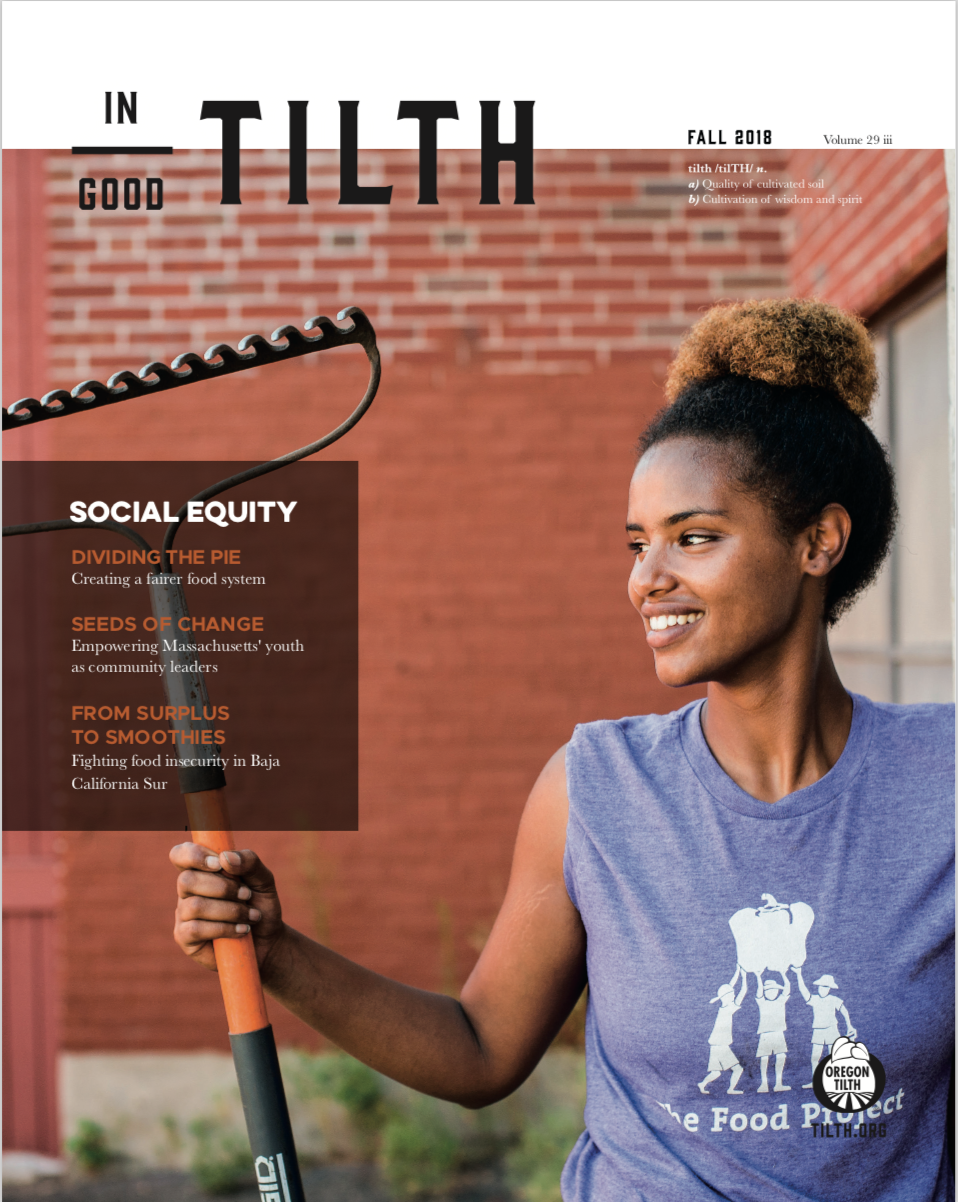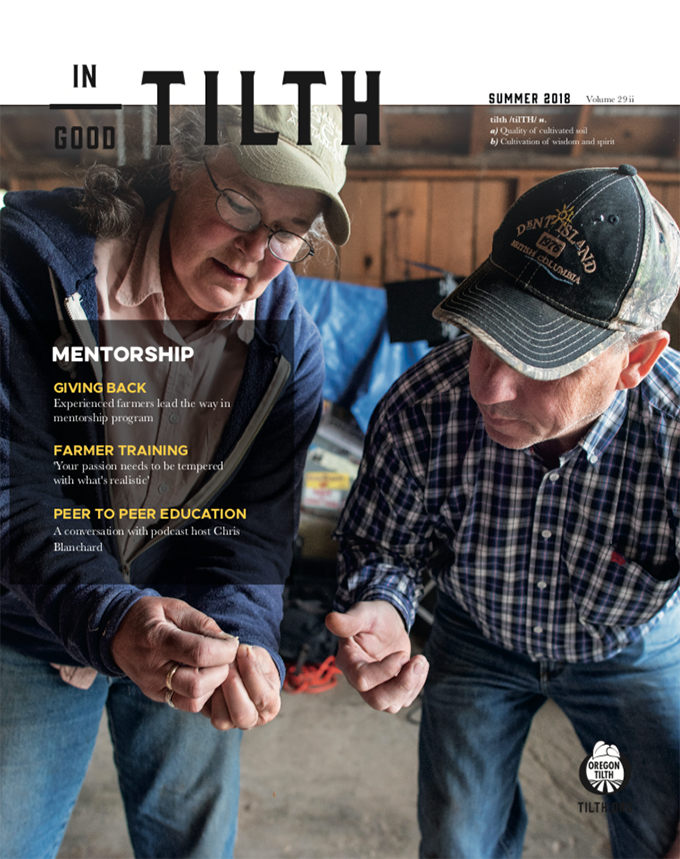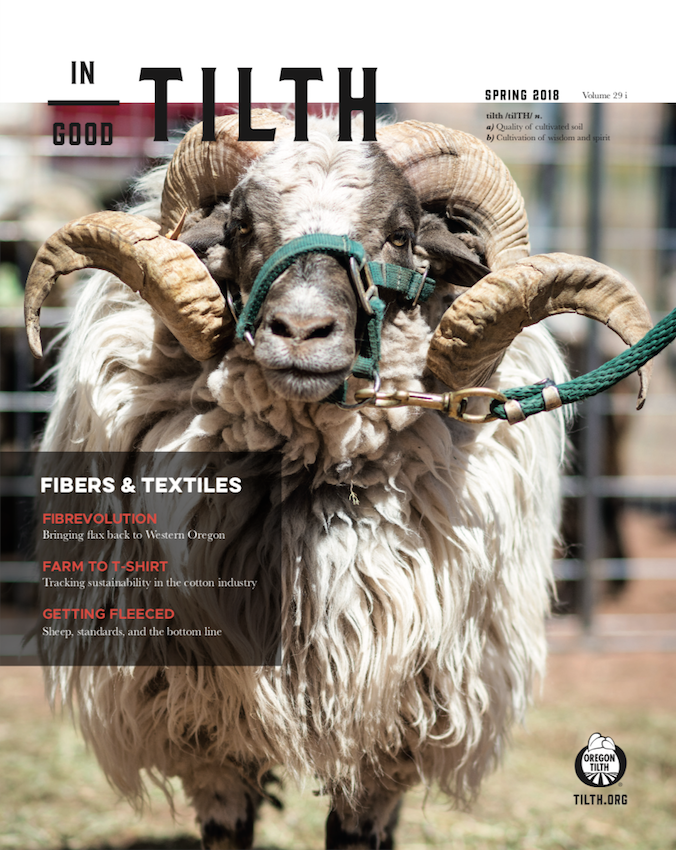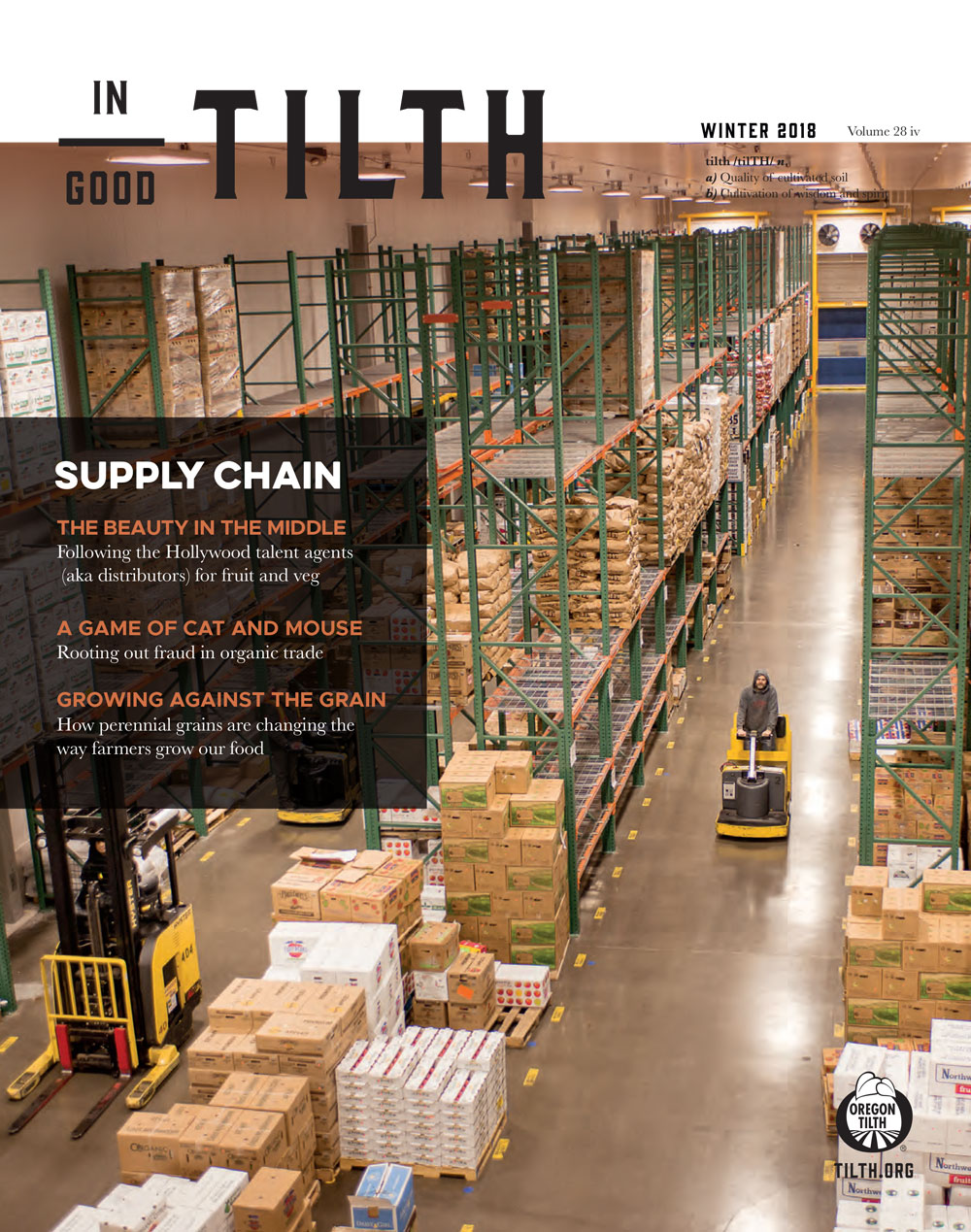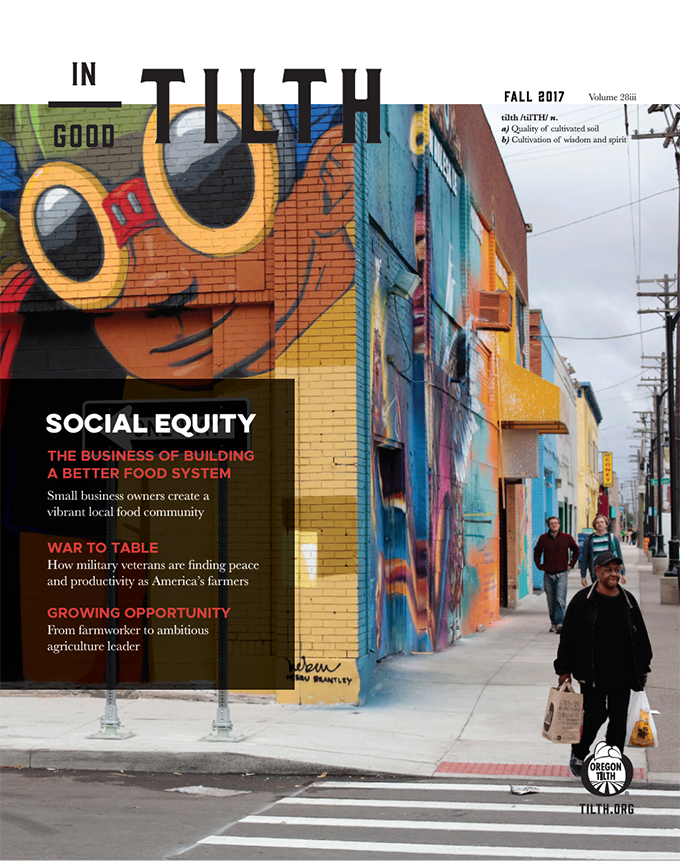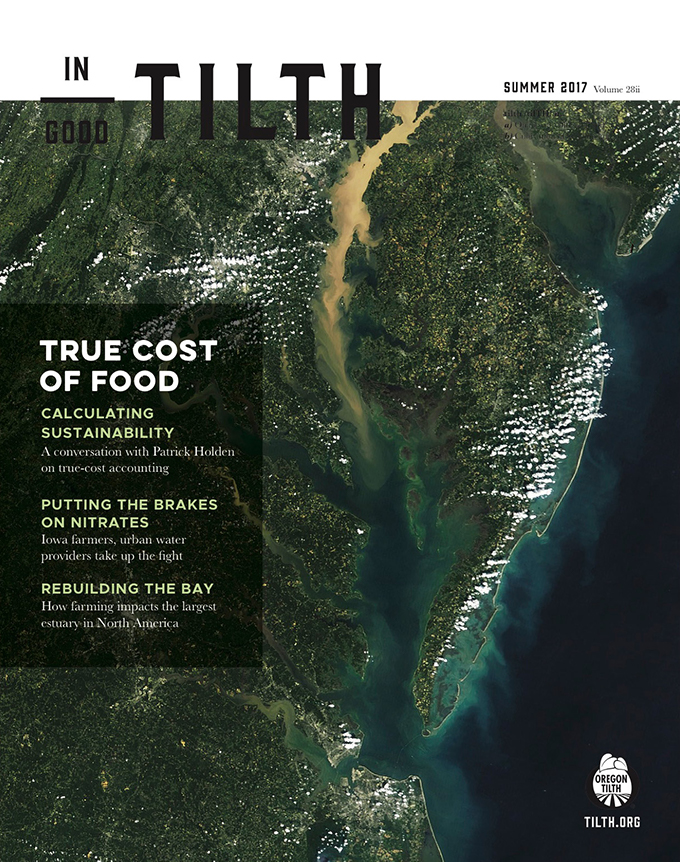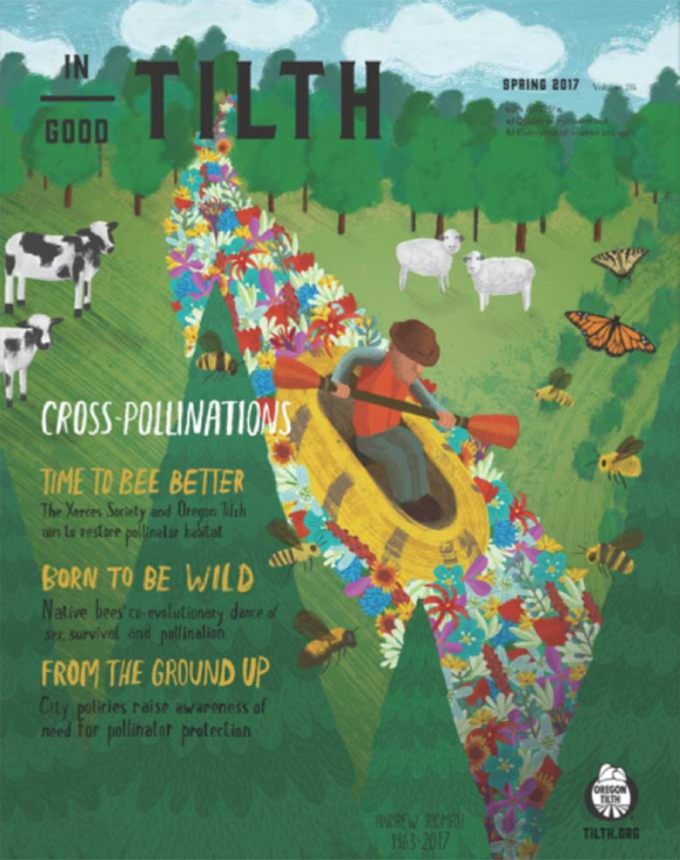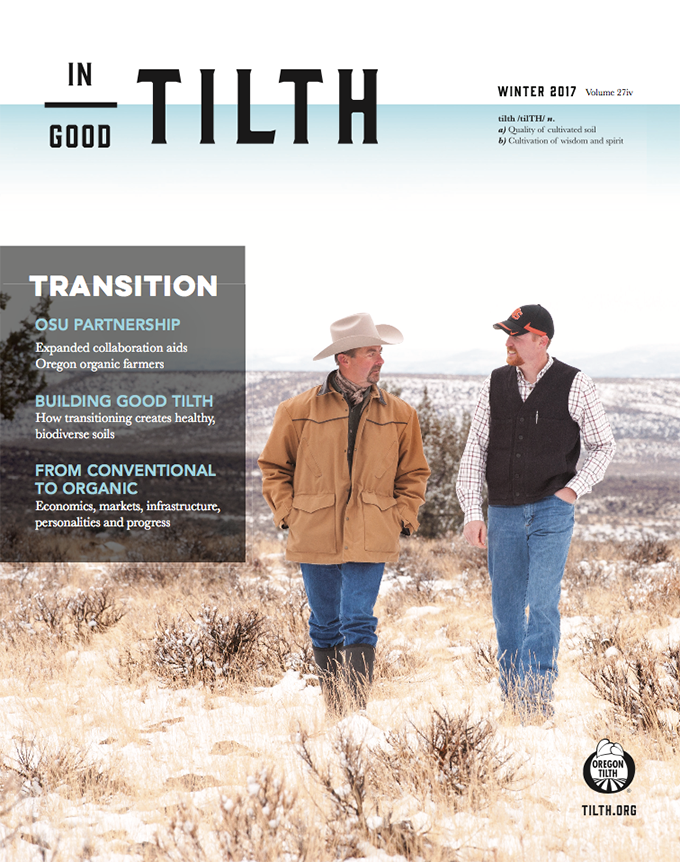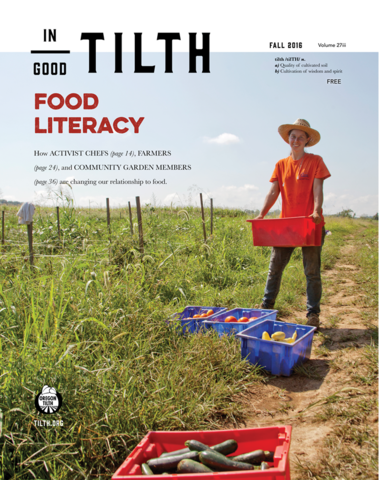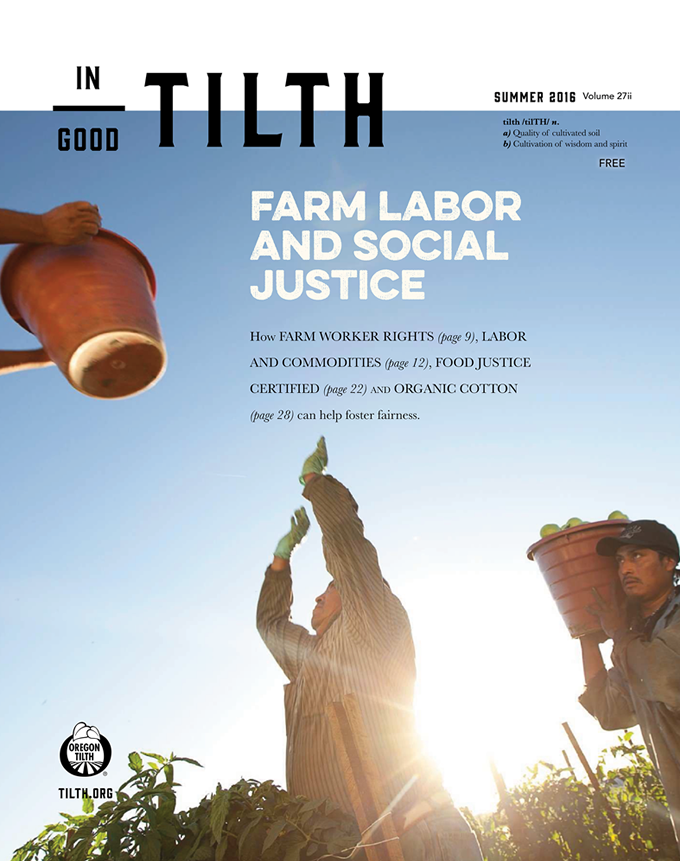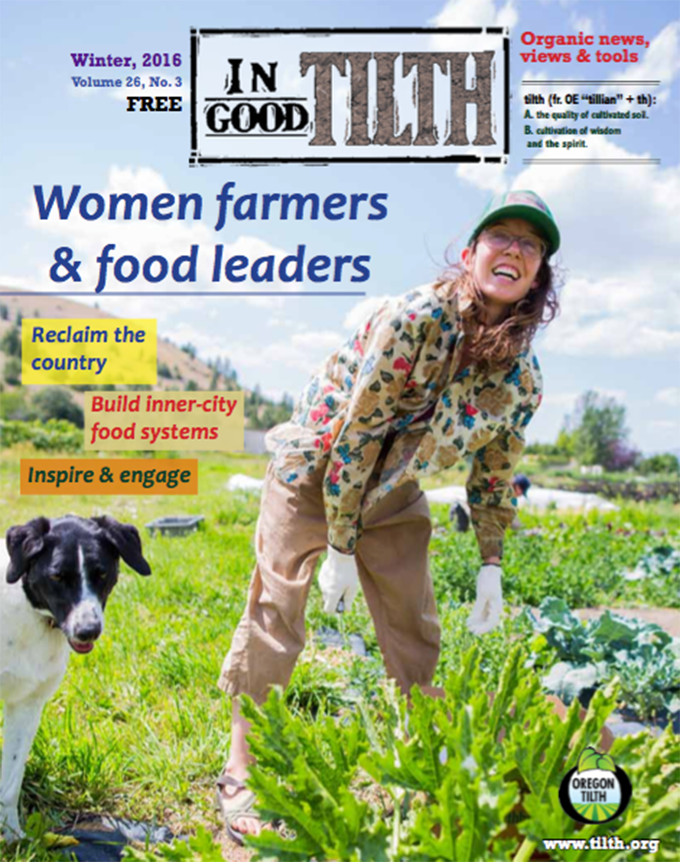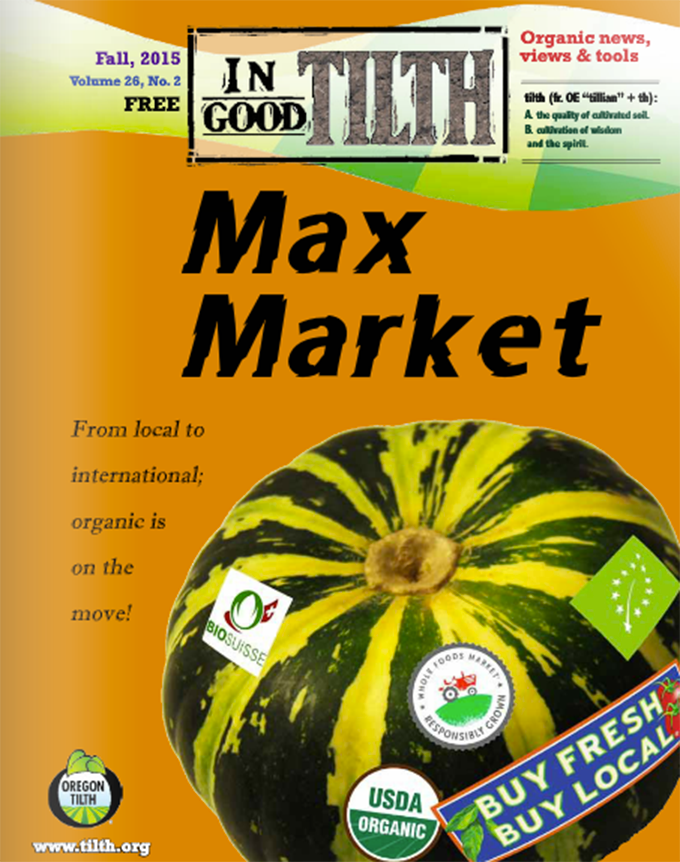Everything changed overnight. Suddenly a pandemic that felt far off, maybe even overblown, had drifted across this isolated state’s borders in mid-March, upending everything. With the possibility of losing all their main outlets at once, the three owners of Fiddler’s Green Farm near Boise, Idaho, held an impromptu meeting in a field of sprouting garlic. They had to come up with a survival plan quickly.
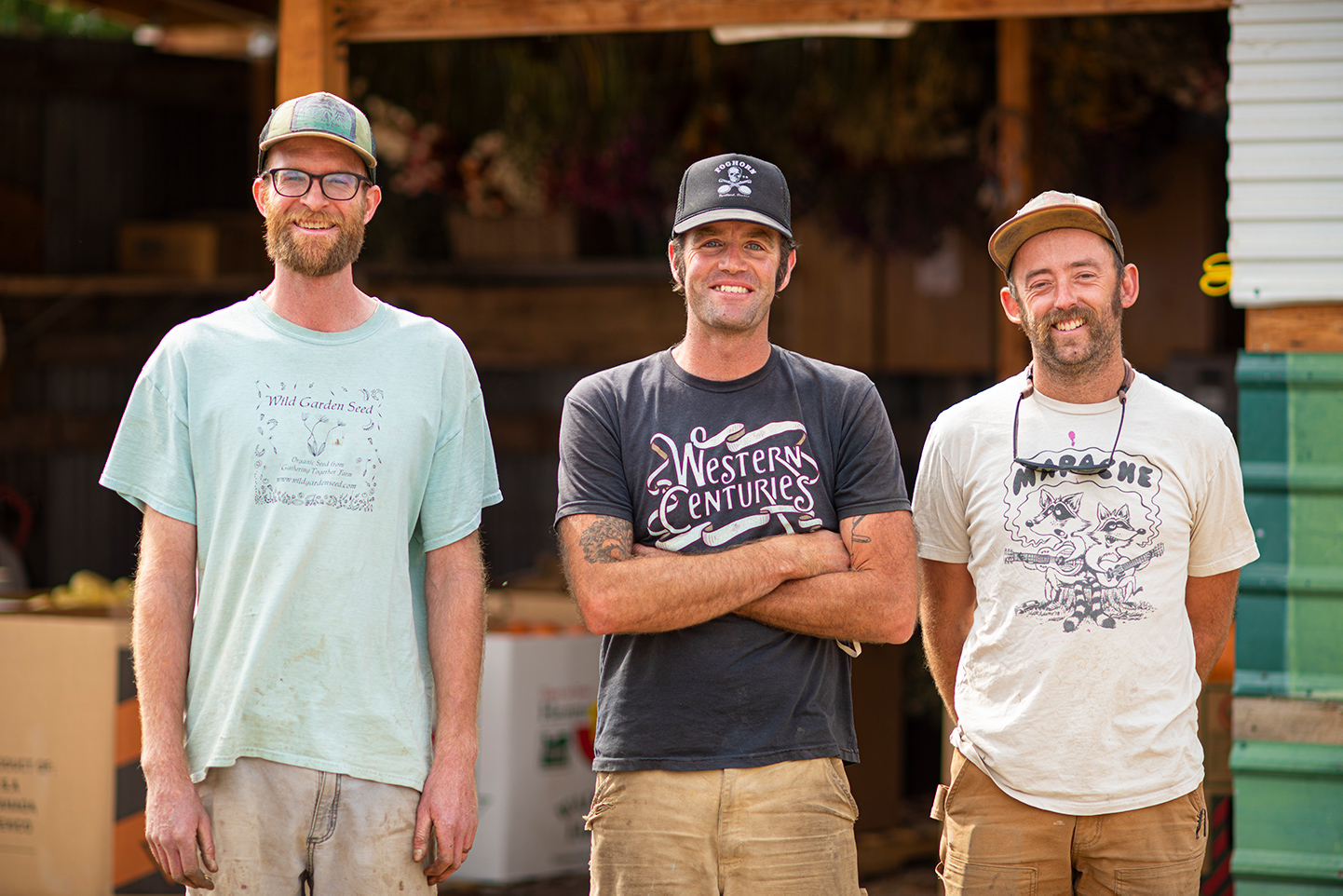
These three longtime friends had made quick decisions before. They’d worked on other farms prior to joining forces five years ago on this five-acre plot hard against the Boise foothills. They’d dealt with downed greenhouses, freak freezes and even a police helicopter searching for a suspect near the farm, but they’d dealt with it all without losing the sense of humor and determination that has made them one of the most popular organic farms in the Treasure Valley.
The first thing they decided to do was resurrect the only outlet that seemed assured: their CSA program.
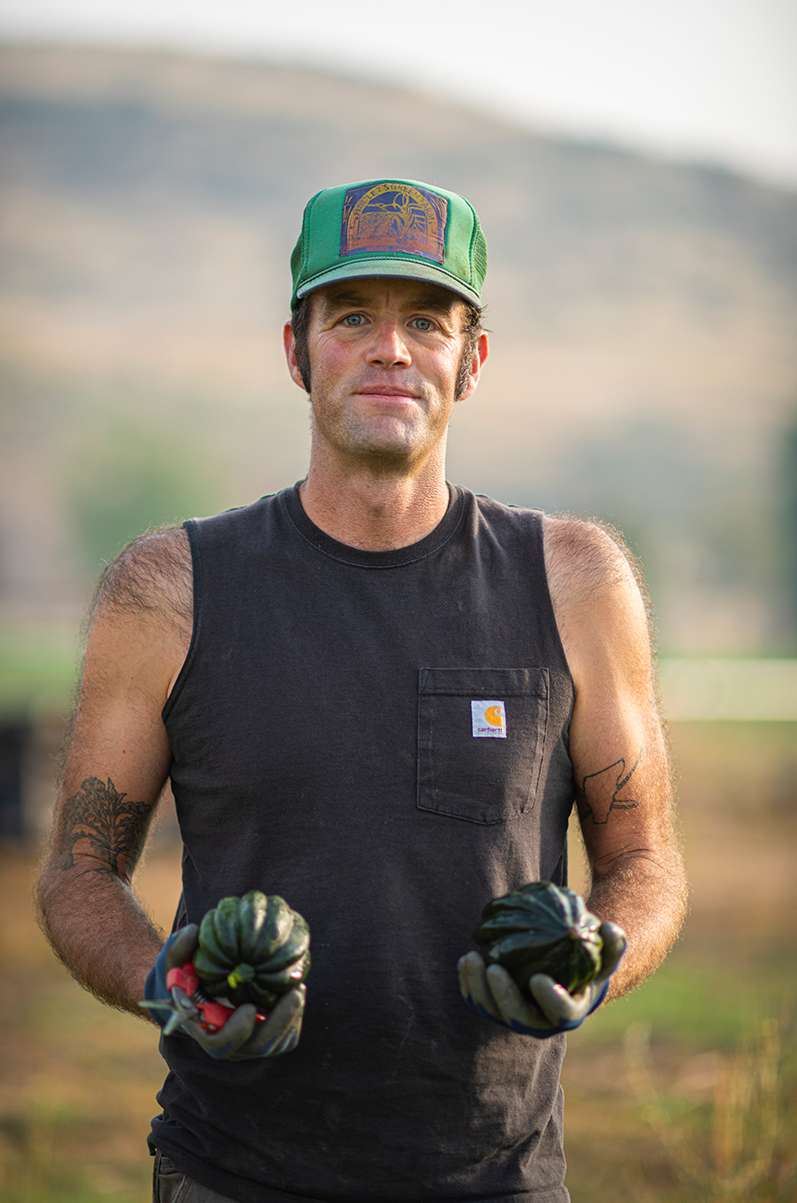
“We were really just going to focus on the farmers market and wholesale sales, like restaurants and co-ops,” said Justin Moore, the fiddle player the farm is named for. “We had planned on not doing a CSA at all.”
Given that their prepandemic sales to the Boise Farmers Market, the Boise Co-op and local restaurants had grown strong over the half-decade they’d been operating, the 30-something farmers had come to the conclusion that their CSA program was just too much work.
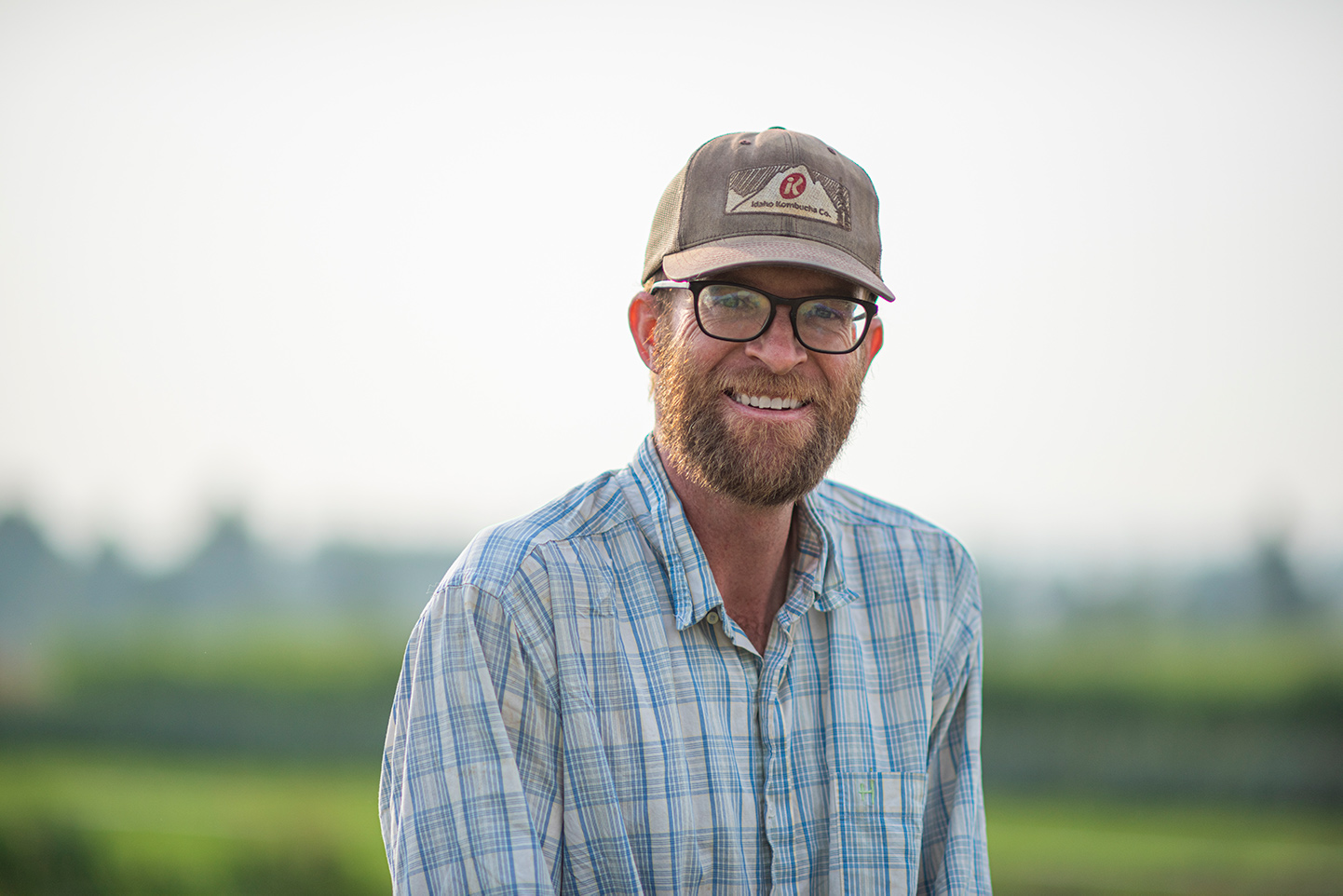
“We’re doing everything,” said Alex Bowman-Brown, “and it’s like we’re stretched too thin. So we just wanted to cut something out. And the CSA has a lot of dealing with individuals and communicating and emailing stuff … and it wasn’t a big enough earner.”
The coronavirus abruptly changed their plan to put the CSA to bed.

“That whole week we had people driving out to the farm, asking how to get food directly to them,” said Davis McDonald, a co-owner who grows flowers on the farm. “People were just kind of freaked out about the food supply at grocery stores and just immediately started contacting farms.”
Fiddler’s announced a spring CSA program beginning in mid-April, and rather than taking a normal six weeks to sell out, it filled up in days. But this time the farmers abandoned the market-style CSA they had employed in the past, in which customers could socialize, ask questions of the farmers and pick out their items from a communal table.
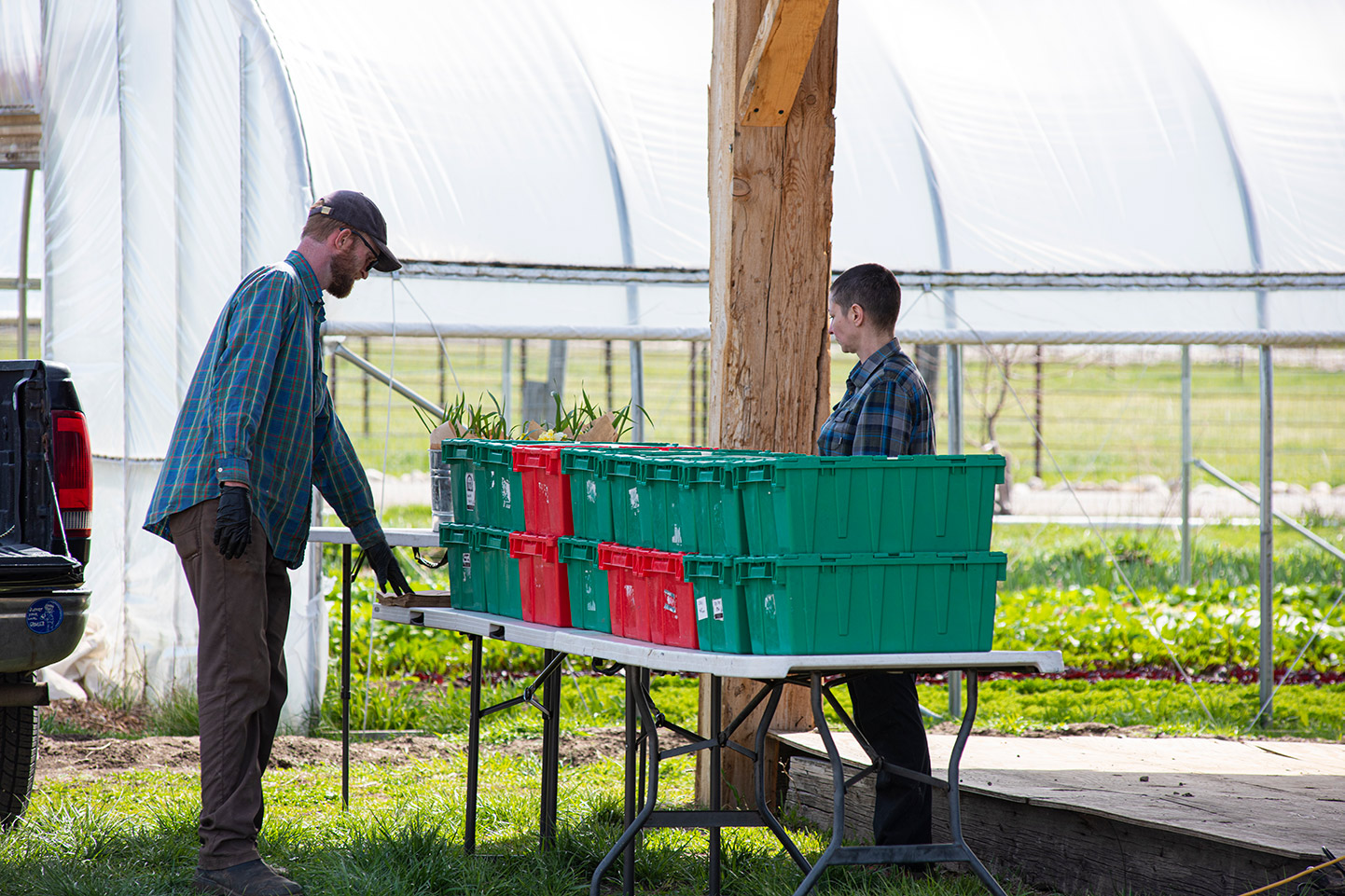
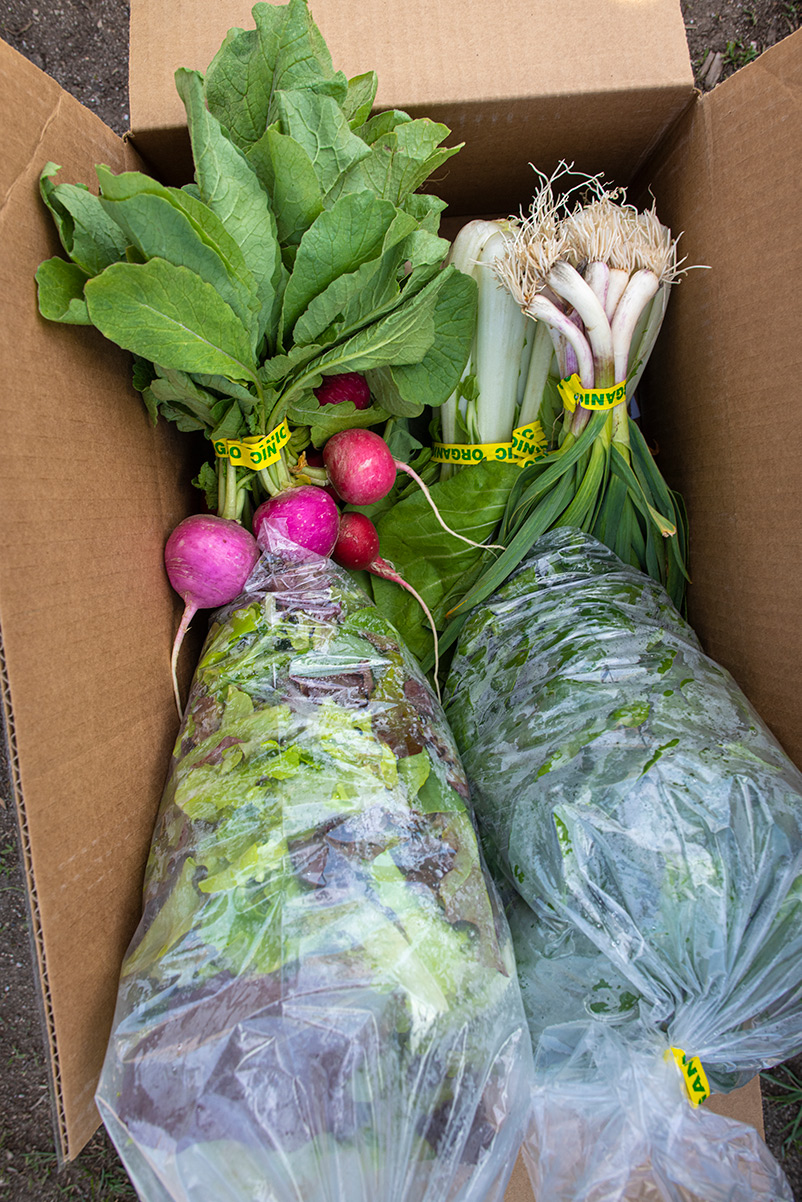
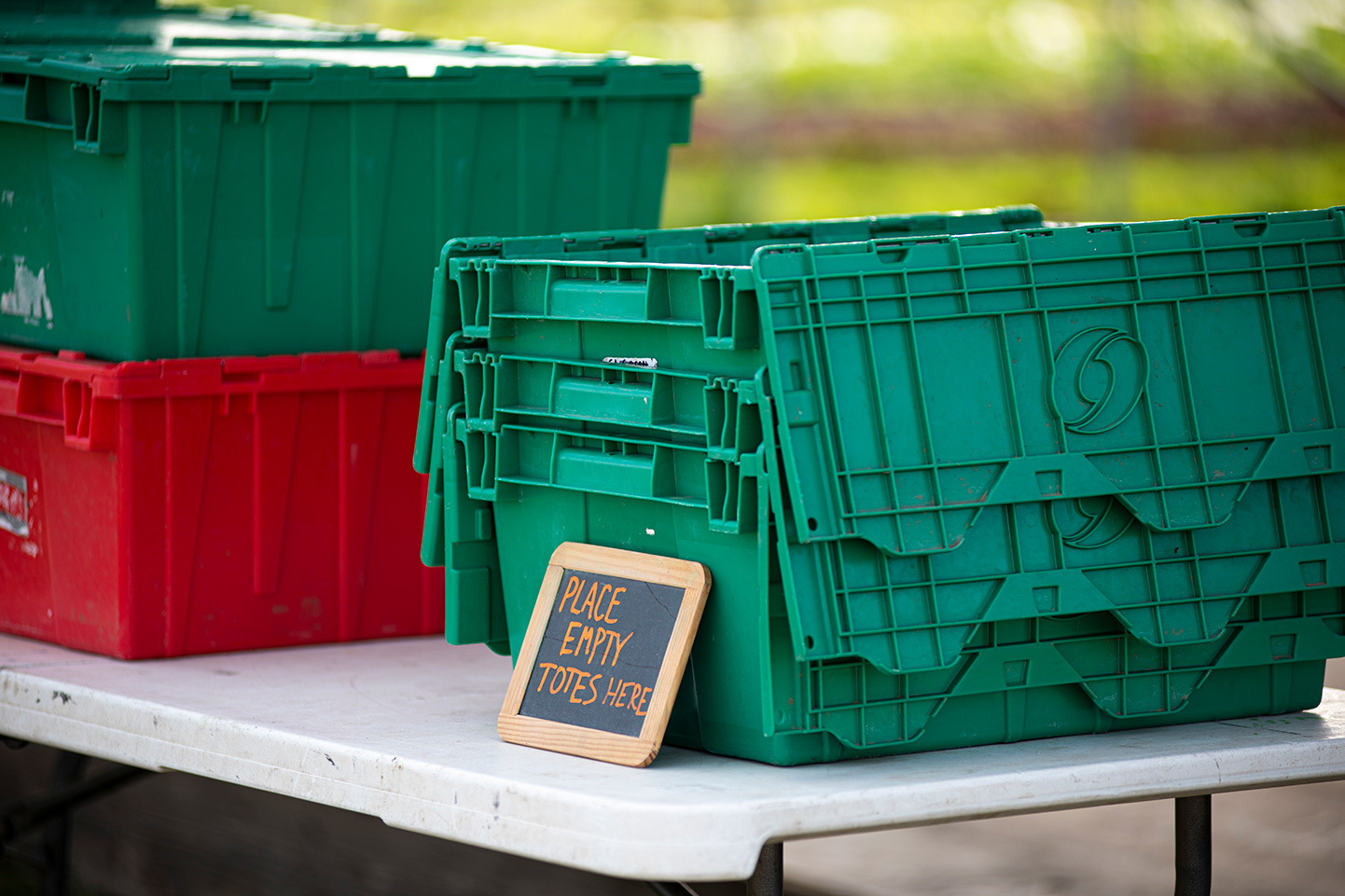
Instead, said Bowman-Brown, “We did a no-contact CSA pickup where people came to multiple sites, and it was all just individually boxed up, and they just took a box and left.”
The crew placed hand sanitizer on the table next to the boxes before customers arrived, then took off themselves, asking subscribers to maintain social distance as they picked up their orders.
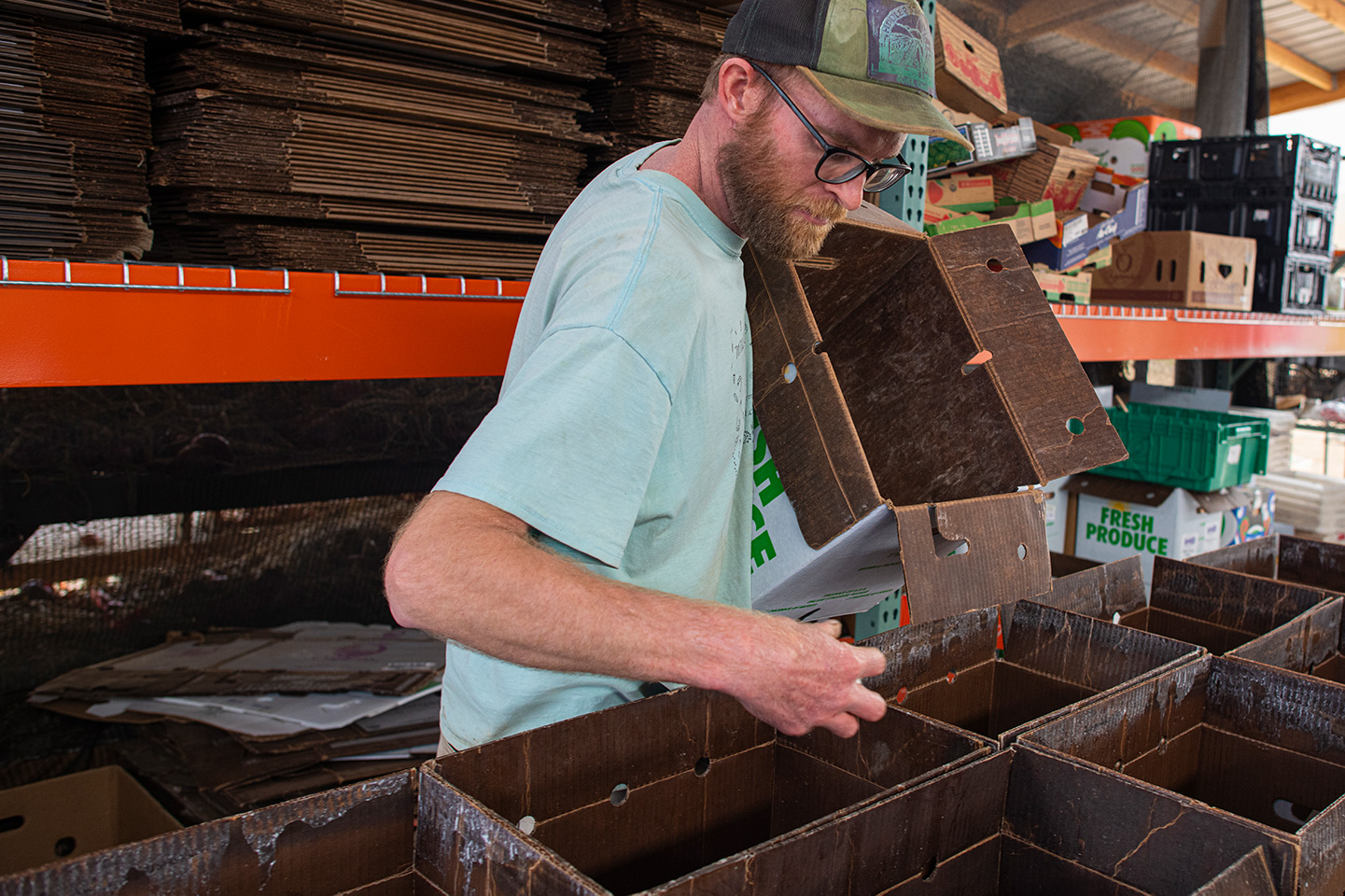
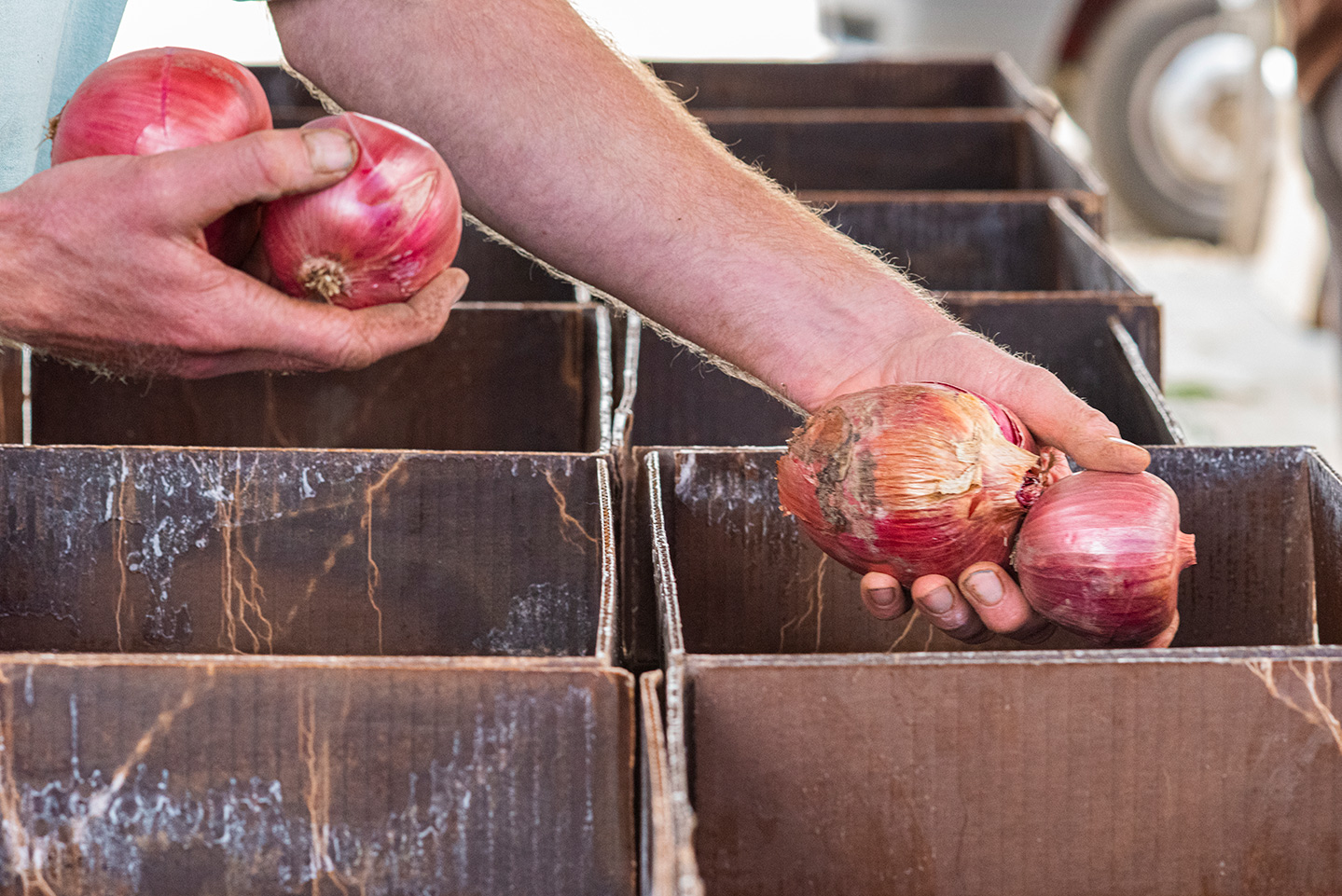
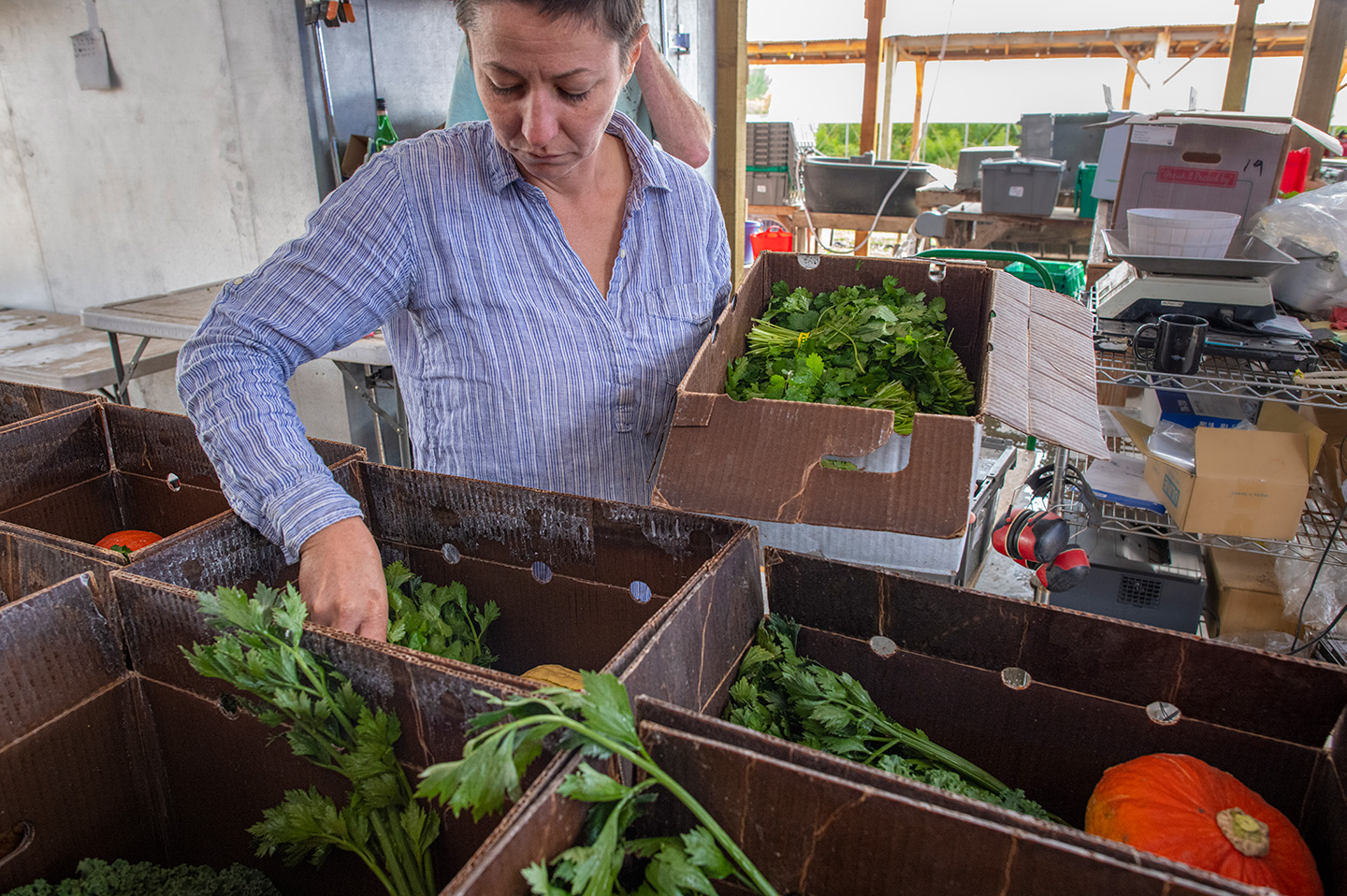
What that did, along with making the food exchange safer for customers, was make the CSA program more efficient for the farmers, thus inadvertently improving a problem that made them consider abandoning the program in the first place. And that was only one of several positive, if unexpected, changes that arrived with the pandemic.
While the failings of industrial agriculture — the broken supply chains, crops left to rot in fields, COVID outbreaks in processing plants — hit the national media almost immediately, so did the virtues of small-scale, direct-market farming. Suddenly a much larger demographic began to understand the essential value of a nimble, adaptable local food system during crisis.
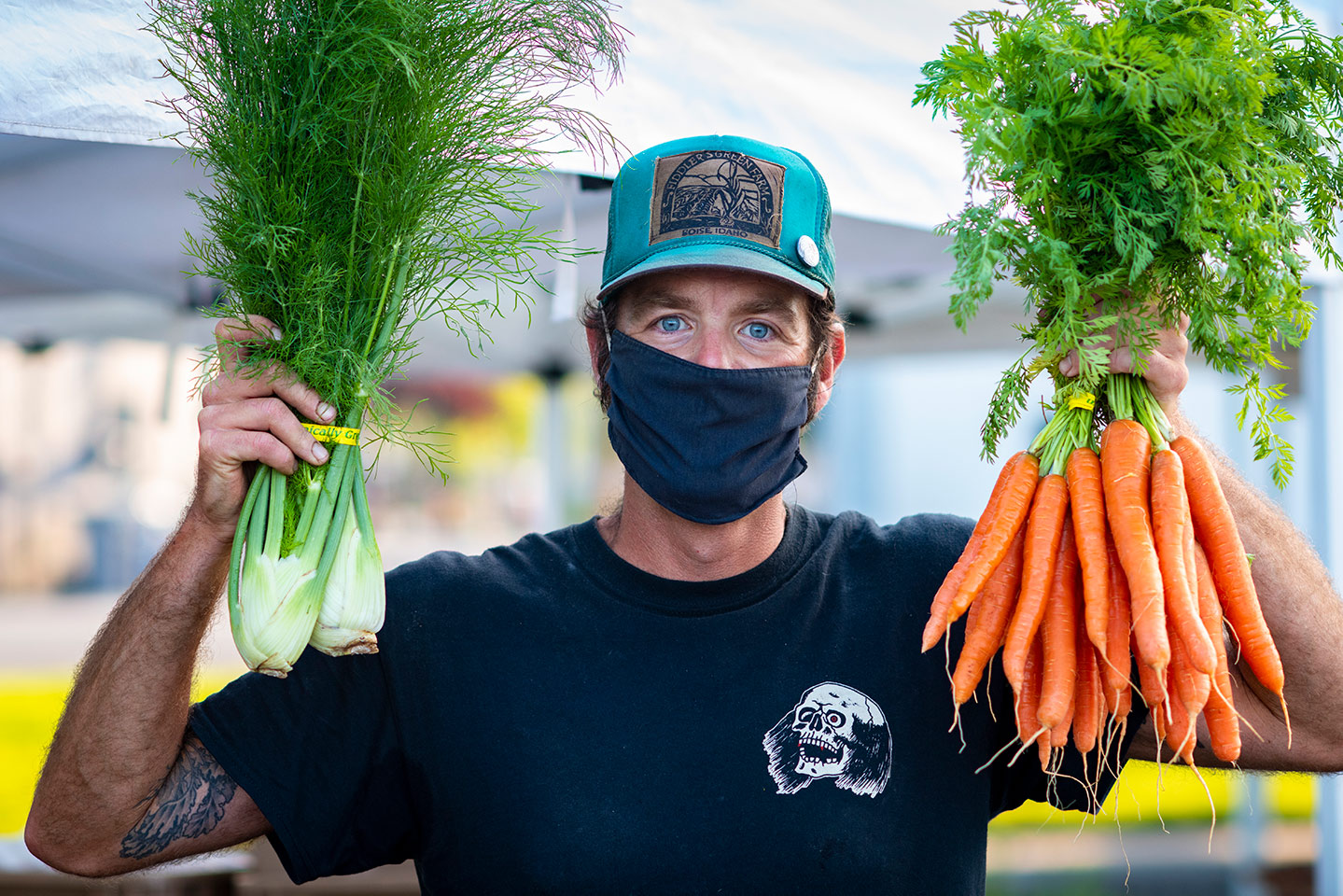
The resilience and flexibility of the region’s local food community was soon on full display as the Boise Farmers Market opened an efficient, no-contact drive-through model on April 11. The format required hundreds of volunteers to collect and bag orders that had been placed online earlier in the week, yet the ability to simply drive in and pick up fresh, local products attracted a whole new demographic. That helped increase the market’s sales over previous years, despite the pandemic.
The Boise Co-op also immediately required masks, and offered outdoor pickup and a seniors’ hour, while restaurants that were already predisposed to buying local doubled down on that commitment.
Bowman-Brown said all those positive adaptations helped validate the often-dismissed local food system.
“I don’t know if I would say we’re outcast,” said Bowman-Brown, “but we’re kind of on the fringe of society, and I don’t really think that small-scale farming gets much respect. And it’s something that we’ve been doing for years because of our beliefs and what we feel is important and wanting to build communities through growing food. It’s been really validating to see the reaction when people are like, ‘Oh, wait a minute; like the trucks might not come from California? What are we going to do?’ Well, we’ve been thinking about that for the past 10 years.”
Bowman-Brown pauses as a fresh thought crosses his mind. “In a way, we’ve been preparing for a pandemic all along.”
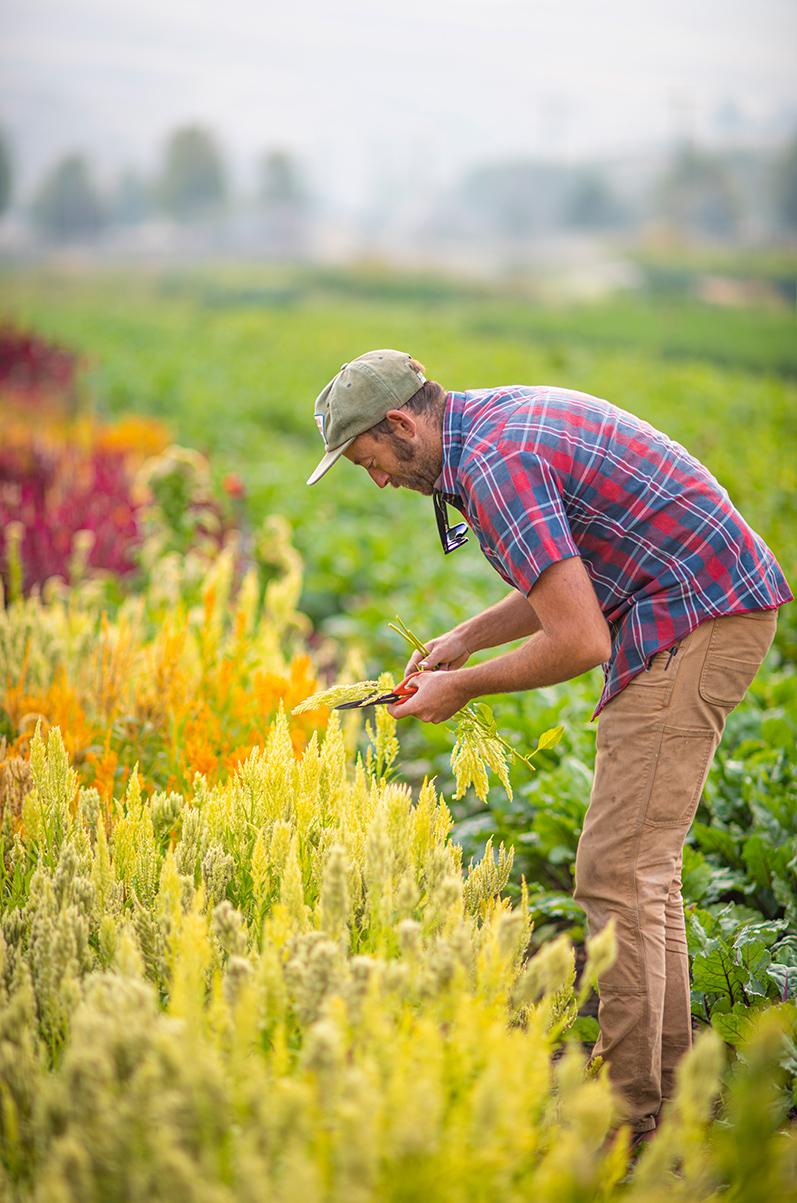
For Fiddler’s Green Farm, the early March fears of economic collapse were quickly replaced with strong sales from their CSA, the farmers market, the co-op and loyal restaurants. They’re actually having the best year they’ve ever had. On top of that, at a time when many people are struggling with isolation, endless Zoom calls and makeshift home offices, Justin, Davis, Alex and their small crew have spent these last fall days outside, working hard and providing something vital to what they’ve discovered is an actively supportive community.
As Justin Moore put it, “What’s a better place to come to during a pandemic than a farm?”
